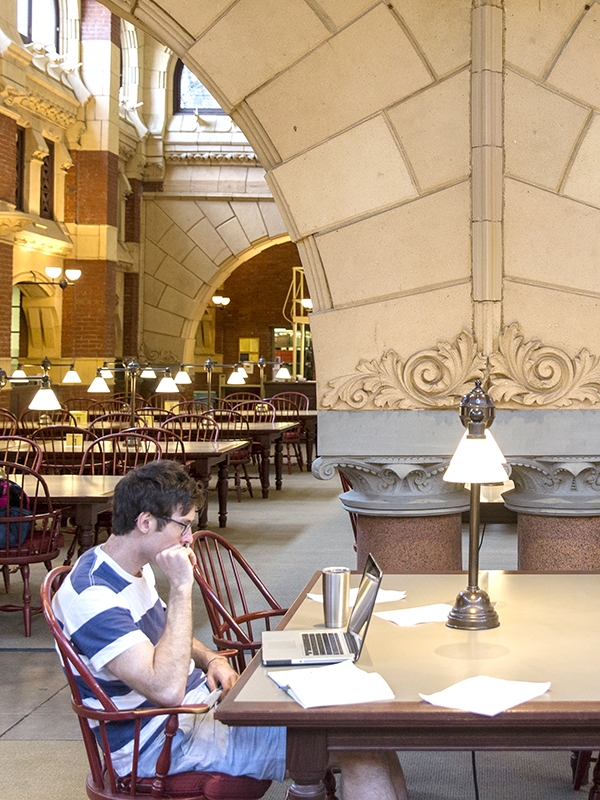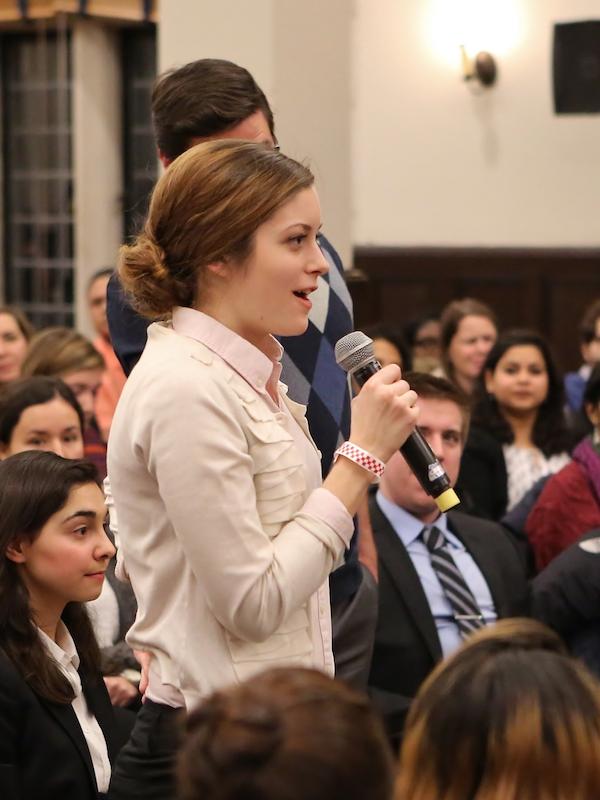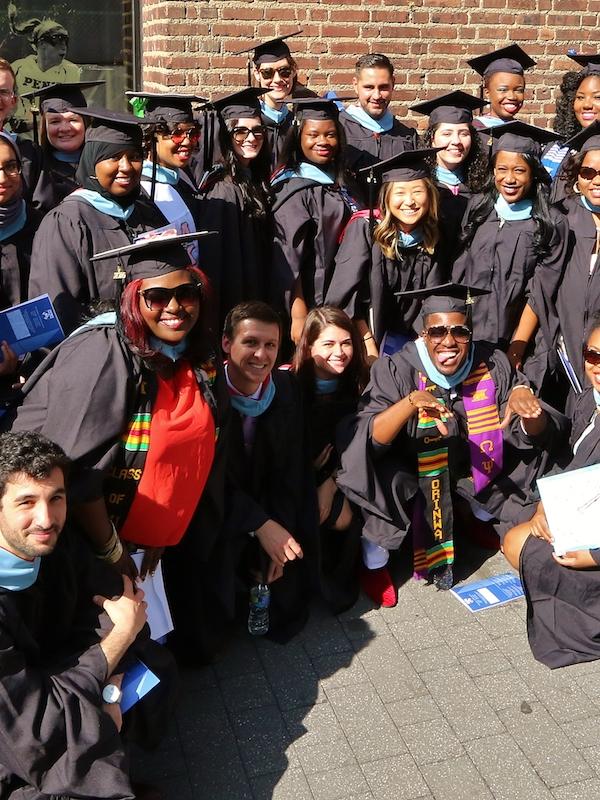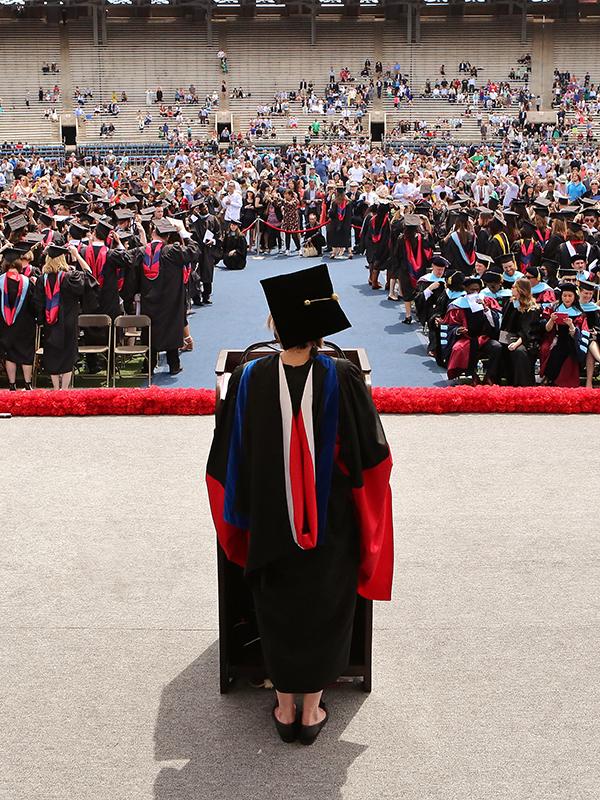Using the Arts to Strengthen Learning
by Lini S. Kadaba
For Sharareh Bajracharya, GR’05, bringing the arts into public schools in Nepal is about more than pretty pictures. Srijanalaya, the nongovernmental organization she chairs and cofounded in Kathmandu, uses art to empower students in underfunded and rural schools.
“We want to offer children the opportunity to express their cultures and identities, as well as a tool to question the world around them,” Bajracharya says.
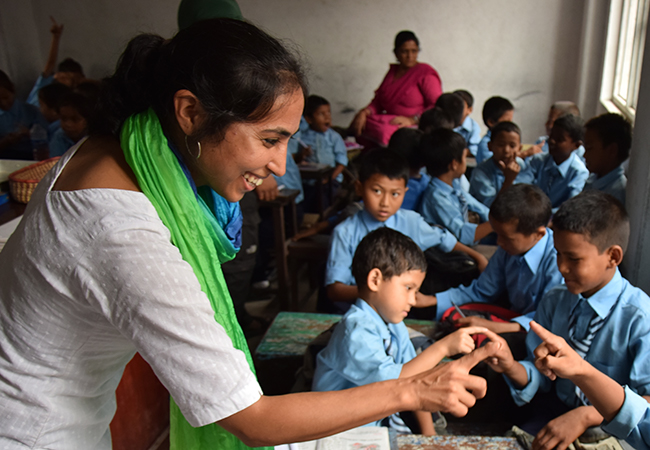
While Nepal’s population includes 125 ethnic groups speaking 123 languages, a legacy of social stratification in the country has marginalized many cultural identities. Access to education in Nepal has expanded dramatically during the past fifty years, but dropout rates remain high, particularly among girls and children from poor families. Bajracharya wants to better engage the most vulnerable students and provide learning opportunities that would not otherwise be available to them.
Bajracharya points to her doctoral studies in education, culture, and society at Penn GSE as having provided the foundation for her work. “It has determined and shaped the way I want to approach education in Nepal,” she says. A particularly influential course was Culture/Power/Identities. “It prompted me to consider the latent assumptions and ideologies that shape systems,” she says. As part of her studies, she examined Nepal’s history to understand how local traditions and languages had been overlooked by the national education system.
“We want to offer children the opportunity to express their cultures and identities, as well as a tool to question the world around them.”
After graduating from Penn GSE, Bajracharya returned to Nepal, where she had spent much of her childhood. She pursued her longtime interest in art, earning a BFA in studio and arts education at Kathmandu University in 2011 and cofounding Srijanalaya in 2013.
The fifteen-member organization’s Art-in-School program focuses on bringing the creative arts into the formal education system in Nepal. Through month-long trainings, Srijanalaya’s art educators work closely with administrators and teachers to integrate the arts into subjects such as math, science, social studies, and language arts. Another key program, ArtWorks! Let’s Play Together, began after the devastating 2015 earthquake in Nepal as a way to help children heal through psychosocial support. Srijanalaya’s art educators travel to government schools in remote communities of the mountainous nation to engage the students and teachers in visual, performing, and language arts workshops.
A hallmark of Srijanalaya is its broad definition of the arts to include not only painting and drawing, but also indigenous dance and music. One activity is a poetry competition in which children create lyrics to a melody in their community mother tongue, making poems through the local practice of song improvisation. While recent educational reform in Nepal aims to bring minority languages into classrooms in the early grades, progress has been slow, and most schools still rely on Nepali and English language instruction. The poetry activity energizes the students and affirms their identities by drawing on their cultural knowledge, Bajracharya says.
“The task is no longer daunting, and they enjoy the process a great deal,” she reports. “We believe our approach helps bridge the gap between what children learn at home and at school.”
This article originally appeared in the Spring 2019 issue of The Penn GSE Magazine.

